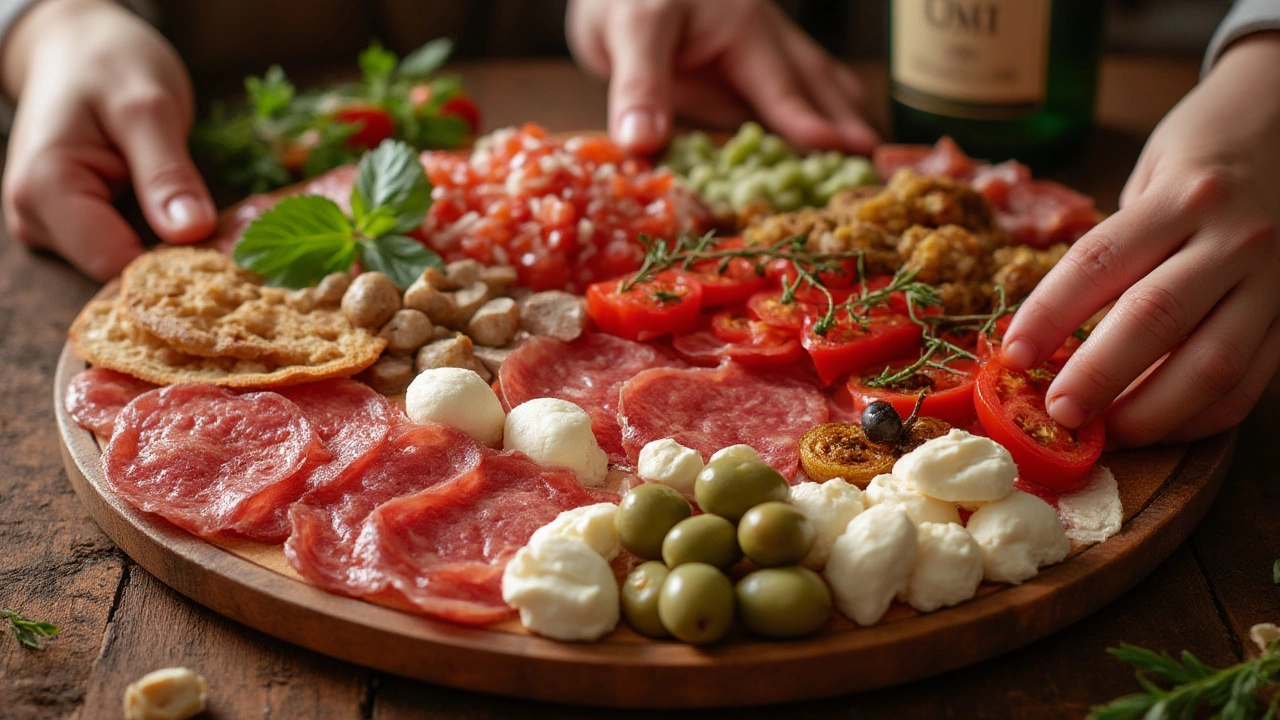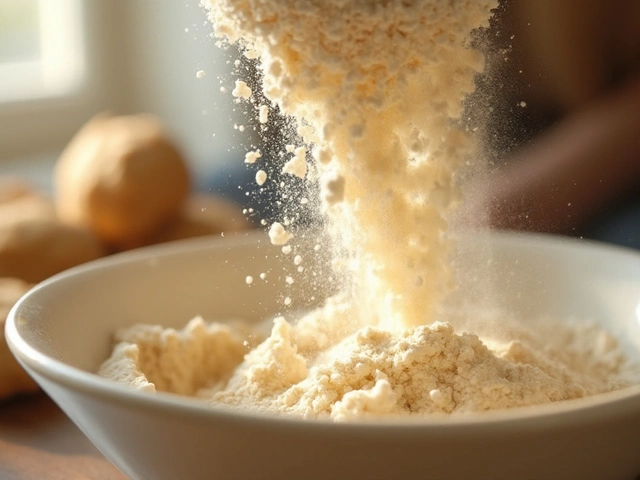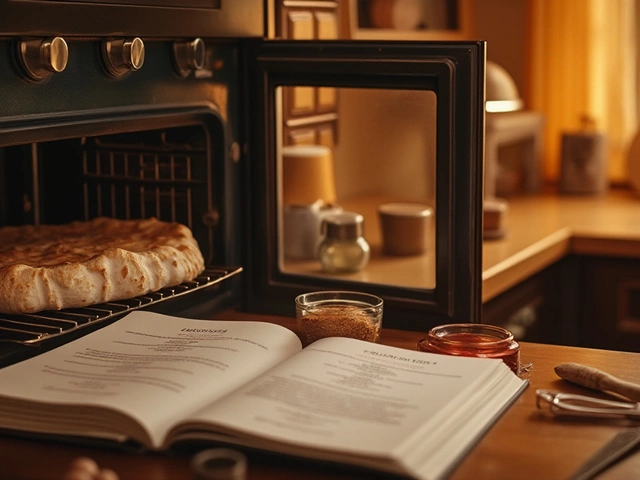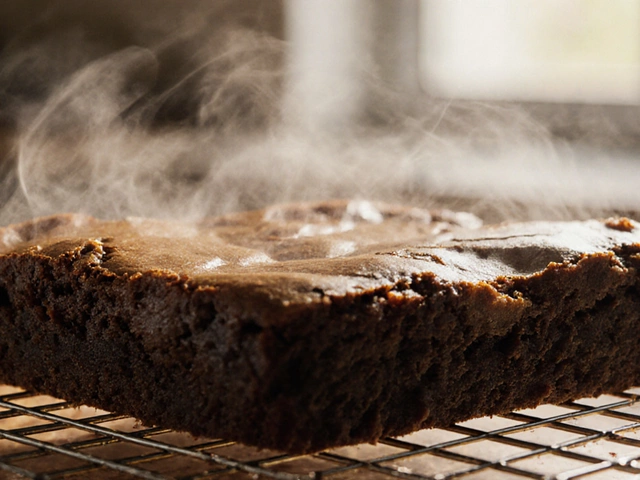
If you ask anyone around here what Italians love to eat most, you’ll probably hear a hundred different answers, each more passionate than the last. Everyone seems convinced they know the secret to an Italian’s heart, and everybody has a grandma with the ‘best’ recipe. Here’s the real shocker: Italy doesn’t have just one beloved national dish. It’s a country bursting with local pride, fierce traditions, and old family rivalries played out in kitchens as much as on the football field.
The Double Life of Pasta: Every Region, Every Table
Pasta isn’t just a dish in Italy—it’s an identity, and possibly the answer you’ll get most often when asking about the nation’s food obsession. But it’s not as simple as ‘spaghetti’ or ‘penne.’ Every region, sometimes every village, claims a pasta type and sauce as its own. Naples will wave their hands about spaghetti al pomodoro, the north boasts creamy risottos, while the central region of Lazio fiercely guards its carbonara recipe (with eggs, guanciale, pecorino, and black pepper—never cream).
By the numbers, pasta reigns supreme in Italian pantries—ISTAT, Italy’s national statistics institute, reported in 2024 that over 90% of Italians eat pasta at least once a week. But the form it takes changes with geography, season, and even weather. On cold days, you’ll see bowls of tortellini in brodo steaming up the windows in Bologna, while on sweltering summer afternoons in Sicily, pasta alla Norma with sweet fried aubergines comes out.
Italians don’t just eat pasta; they debate, compare, and refine it. The perfect bite has to be ‘al dente’ — firm to the tooth. It’s so important, in fact, that families will argue about mere seconds of cooking time. Want to blend in? Never break your spaghetti before boiling, and always salt the water fiercely before tossing in the pasta—like the sea, as they say.
For the home cook looking to create an Italian favorite, get the best ingredients you can. Four things matter: good semolina pasta, ripe tomatoes, cold-pressed olive oil, and a heavy hand on the salt. And don’t forget the right cheese. Parmesan may work in Milan, but try using it instead of pecorino in Rome, and you’ll get a lecture longer than a Roman history lesson.
The truth is, pasta is more than a favorite food—it’s an anchor for family, daily habits, and even social change. During lockdowns in 2020 and 2021, pasta sales in Italy jumped by 29%, as people rooted themselves in comfort and tradition. For most, the daily ritual of choosing, cooking, and eating pasta brings as much joy as the rich, carb-laden forkfuls themselves.
Pizza: The International Superstar With Local Roots
Walk down the streets of Naples and there’s an unmistakable smell drifting through the air—yeasty, wood-fired, and tomato-rich. That’s pizza, the superstar that Italians gave to the world, but never quite surrendered. Neapolitans maybe get the most fanatical, but truth is, pizza is everywhere—from the bustling pizzerias of Rome slinging thin, crispy pies by the slice, to the bustling “trattorie” in Florence that swear by a drizzle of local olive oil to finish the pie.
True, UNESCO even awarded Neapolitan pizza heritage status in 2017, noting its centuries-old tradition. What goes on a pizza, though, can spark some heated debate. Purists insist that nothing beats a simple Margherita—a combo of mozzarella, tomato, basil, and a drizzle of oil. But if you wander the country, pizza toppings go wild: Romans lay thin potato slices under mozzarella, Milanese add gorgonzola, and in Liguria, you’ll spot anchovies and olives on focaccia-style dough.
If you want to spot a true Italian favorite, look for a pizzeria packed with locals late into the night, arguing about football and politics over a thin-crusted pie. Italians take their pizza-seeking seriously; locals will drive miles to their favorite spot, and many will tell you their pizza ritual—the lucky table, the right wine, the one server who knows their order without asking.
Home ovens rarely reach the dizzying 450°C temperatures of a Neapolitan pizzeria, but passionate Italians can be found tinkering with pizza stones and steel plates to mimic the real deal. Want a quick tip? Let your dough rise slowly, for a good 24 hours if you can, to develop that chewy, slightly sour flavor base. And always use San Marzano tomatoes if you’re splurging—they’re the gold standard for an authentic sauce.
Modern stats back up pizza’s popularity: according to Italy’s National Union of Chambers of Commerce, some 8 million pizzas are made and sold daily across the country. But for Italians, it’s not purely about eating pizza—it’s almost a ritual of friendship and family, a way to share not just food but stories, laughter, and endless opinions about the ‘best’ slice.

Risotto, Polenta, and More: Unsung Heroes Beyond Pizza and Pasta
Italians are sticklers for their culinary traditions, and while pizza and pasta steal the global spotlight, plenty of other dishes win local hearts—especially up north. Risotto, with its creamy texture, gets a standing ovation every time, especially the golden saffron-spiked risotto alla Milanese. Lombardy and Piedmont swear by their rice paddies as fiercely as southern Italians talk up their tomatoes.
Polenta might sound simple—cornmeal cooked into a hearty porridge—but in northern kitchens, it’s elevated with slow-cooked stews or grilled meats. In the Dolomite mountains, creamy polenta comes dolloped with wild mushrooms or surrounded by garlicky sausages. It’s the kind of food that sticks to your ribs and warms up icy evenings after skiing or long hikes.
Let’s not sideline soups, either. Minestrone, ribollita, zuppe di fagioli—hearty, warming, born of poverty and post-war creativity, now a staple in countless Italian homes. Here’s a trick any Italian nonna will tell you: always toss in a cheese rind as it simmers, to add depth and a dose of umami without spending much extra.
What Italians often love most about these dishes is their connection to place and time of year. In Tuscany, a bowl of pappa al pomodoro—a thick tomato-and-bread soup—shows up when tomatoes are bursting with flavor. In Venice, rice is cooked into seafood-heavy risotto al nero di seppia, stained black with cuttlefish ink. Italian food isn’t one size fits all—it’s countless personal and local favorites passed down or tweaked for whatever’s in season, whatever’s freshest, or simply whatever the family has always done.
Don’t overlook the role of bread. Across the country, bread isn’t just an accessory—it’s essential. Whether it’s the unsalted pane sciocco of Tuscany or the crunchy pane carasau of Sardinia, bread mops up sauces, cradles cheese, and turns leftovers into the next day’s lunch.
Sweet Tooth: Dolce Dishes Italians Can’t Resist
Ask an Italian to skip dessert, and you’ll get a look like you just suggested skipping Christmas. Sweets mean business, from the simplest gelato on a sunny pavement to the creamy layers of tiramisù in an after-dinner lull. Each city has its own sugary masterpiece. In Naples, it’s the syrup-soaked babà. In Sicily, you’ll see mountains of cannoli stuffed with sweetened ricotta at every festival and family feast.
Tiramisù, that blend of coffee-soaked ladyfingers, mascarpone, and a dusting of cocoa, gets international praise, but in Italy debates rage about the ‘right’ coffee, whether to use marsala wine, and even if you’re allowed to swap ladyfingers for sponge cake. Legend has it tiramisù was invented in Treviso in the 1960s for a little energy boost during late nights—a sweet pick-me-up in more ways than one.
Gelato also earns wild loyalty. Italians claim you haven’t tasted ice cream until you’ve queued at a local gelateria, debating the day’s flavors. Each town is proud of its own masters, who’ve been perfecting their craft for decades. Pistachio, stracciatella, or blood orange are always safe bets, but regional picks like ricotta di Bufala (Buffalo ricotta) in southern Italy or chestnut in Piedmont keep regulars coming back.
There’s always room for a little something sweet at the end—sometimes just a piece of fresh fruit, sometimes a thin slice of torta della nonna (grandma’s cake, filled with custard and pine nuts). Italians tend to savor these moments as long as possible, usually with a strong espresso and some lively conversation.
Thinking of cooking Italian desserts at home? Use fresh, local ingredients—even the eggs for your tiramisù matter. For gelato, the best results come from milk, cream, and sugar, combined with patience and a good freezer.

The Real Answer: It’s All About Home, Family, and Traditions
Narrowing down the favorite Italian dish to a single plate would be like trying to pick just one view of the Alps or name only one Disney song people know by heart. The best-loved recipes are the ones that tell stories—of childhood, seasons, towns, family quirks. In a 2023 survey by Food Insider Italy, when asked about their favorite meal, most Italians didn’t mention a restaurant dish. They talked about Sunday lunch with family, ‘la nonna’s lasagna,’ or the tomato sauce their father made every September.
Food is woven into every part of Italian life—celebrations, lazy mornings, quick café chats, and festive feasts. A meal isn’t just about eating; it’s about savoring the time, company, and memories built around the table. You won’t find wild TikTok-style hacks in Italian kitchens, but you will find endless traditions, insistence on good ingredients, and recipes passed down like treasured secrets.
If you want to eat like an Italian, don’t rush and don’t complicate things. Shop the markets for what looks vibrant, ask locals what’s best, and make meals last. The most cherished favorites? They’re the foods that gather people together, unleash old stories, and taste best with an extra seat at the table for whoever drops by.





